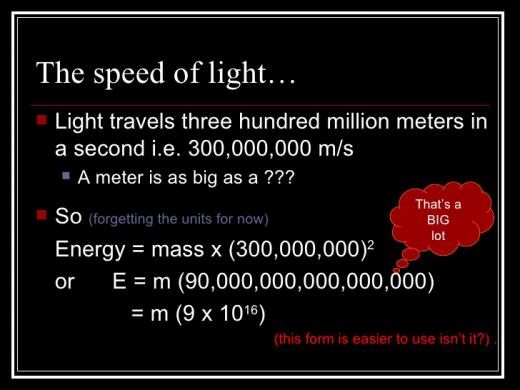- Funny0
- Sad0
- Informative0
- Interesting0
- Delicious0
- Boss0
- Cool0
- Dumb0
- Funny0
- Sad0
- Informative0
- Interesting0
- Delicious0
- Boss0
- Cool0
- Dumb0
- Funny0
- Sad0
- Informative0
- Interesting0
- Delicious0
- Boss0
- Cool0
- Dumb0
While the variation of Earth’s distance from the Sun isn’t very large, our planet receives more solar energy when it is closest to the Sun during Southern Hemisphere's summer. However, because there are relatively few landmasses south of the equator and oceans take more time to heat up, the temperature difference between the northern and southern summers is very small.
- Funny0
- Sad0
- Informative0
- Interesting0
- Delicious0
- Boss0
- Cool0
- Dumb0
It is a common misconception that seasons occur because of Earth's elliptical orbit around the Sun, with winter occurring when Earth is farthest away from the Sun, and summer when it is closest to it.
However, our planet's distance from the Sun has little effect on the onset of seasons. In fact, Earth is closest to the Sun, or at its Perihelion, around the Northern Hemisphere's winter solstice, while it is farthest away from the Sun, or at its Aphelion, around the north's summer solstice
- Funny0
- Sad0
- Informative0
- Interesting0
- Delicious0
- Boss0
- Cool0
- Dumb0
Earth's path around the Sun is not circular, nor is the Sun situated at the center of this path. Instead, Earth's orbit is elliptical, with the Sun closer to one end of the orbital path than the other. This means that Earth’s distance from the Sun varies throughout the year.
- Funny0
- Sad0
- Informative0
- Interesting0
- Delicious0
- Boss0
- Cool0
- Dumb0
E = mc2. It's the world's most famous equation, but what does it really mean? "Energy equals mass times the speed of light squared." On the most basic level, the equation says that energy and mass (matter) are interchangeable; they are different forms of the same thing. Under the right conditions, energy can become mass, and vice versa. We humans don't see them that way—how can a beam of light and a walnut, say, be different forms of the same thing?—but Nature does.
So why would you have to multiply the mass of that walnut by the speed of light to determine how much energy is bound up inside it? The reason is that whenever you convert part of a walnut or any other piece of matter to pure energy, the resulting energy is by definition moving at the speed of light. Pure energy is electromagnetic radiation—whether light or X-rays or whatever—and electromagnetic radiation travels at a constant speed of 300,000 km/sec (186,000 miles/sec).
Why, then, do you have to square the speed of light? It has to do with the nature of energy. When something is moving four times as fast as something else, it doesn't have four times the energy but rather 16 times the energy—in other words, that figure is squared. So the speed of light squared is the conversion factor that decides just how much energy lies within a walnut or any other chunk of matter. And because the speed of light squared is a huge number—90,000,000,000 (km/sec)2—the amount of energy bound up into even the smallest mass is truly mind-boggling.
Here's an example. If you could turn every one of the atoms in a paper clip into pure energy—leaving no mass whatsoever—the paper clip would yield 18 kilotons of TNT. That's roughly the size of the bomb that destroyed Hiroshima in 1945. On Earth, however, there is no practical way to convert a paper clip or any other object entirely to energy. It would require temperatures and pressures greater than those at the core of our sun.
- Funny0
- Sad0
- Informative0
- Interesting0
- Delicious0
- Boss0
- Cool0
- Dumb0
fun-with-emc2-8-728.jpg
- Funny0
- Sad0
- Informative0
- Interesting0
- Delicious0
- Boss0
- Cool0
- Dumb0





